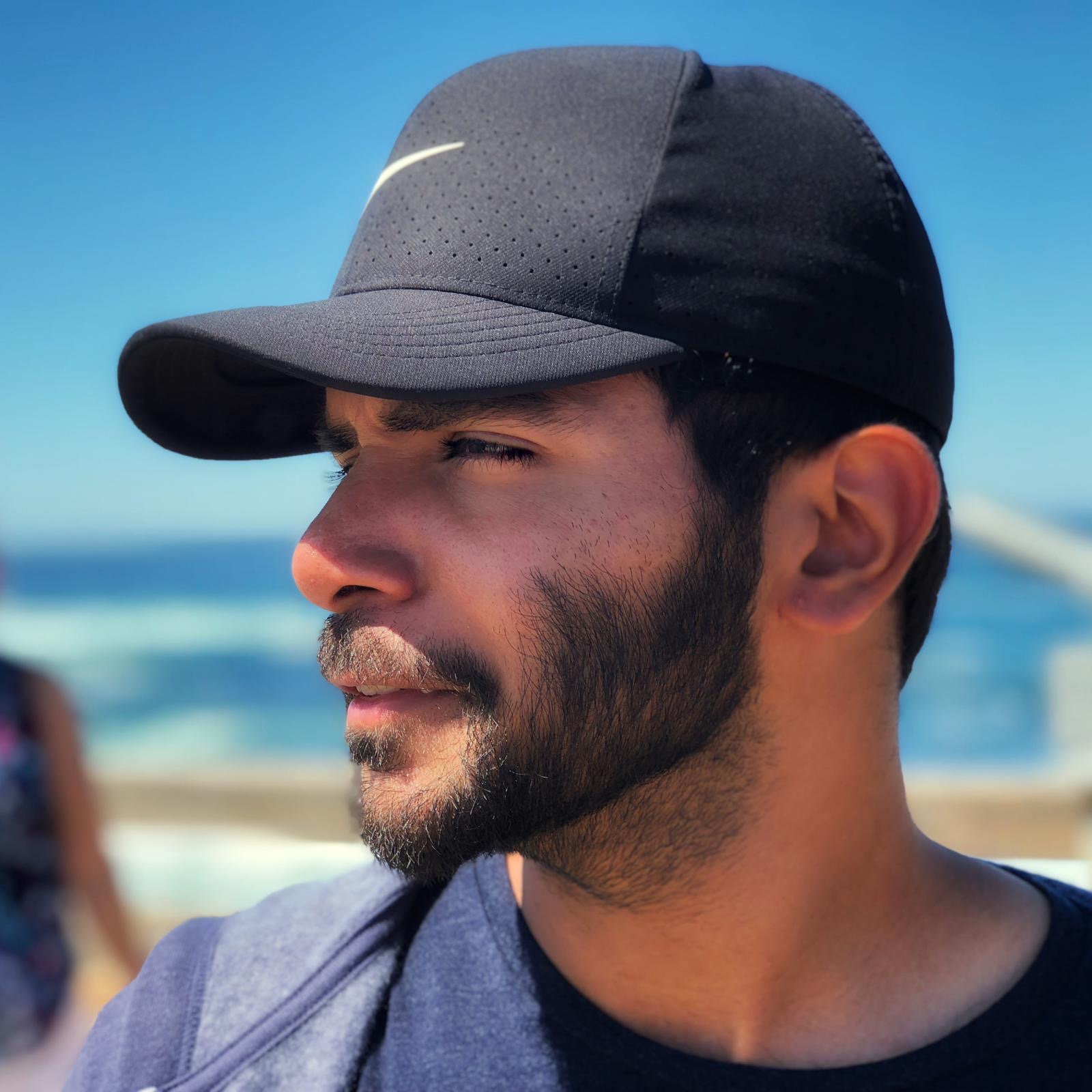Adult Hobbies
Published:
I ripped open the energy gel as another convertible zipped past me on the Bolinas Lagoon near Stinson beach. As I squeezed the contents awkwardly into my mouth, balancing my bicycle with the other hand, I remember wondering for the tiniest instant why I was doing what I was doing.
I was entering my third quarter of an 83 mile/ 130 kilometer bike loop running through San Francisco’s Crissy Fields, the Golden Gate Bridge, Sausalito, the green belt north of the city extending up till Olema, and down and back through Stinson beach and Muir beach. I had spent a large chunk of the last week “carb loading” - making sure 85% of my calories came from carbohydrates - and conditioning my glutes and hip flexors so that they wouldn’t get exhausted under the strain of an 80+ mile bike ride. And I had already planned my recovery for the next few days which included multiple salt baths and foam rolling sessions.
I would never have seen myself training to become an endurance cyclist. Sure, I worked out and was conscious of my health, like most adults in my circle, but completing an 8 hour long, 100+ kilometer ride? Crazy. Planning for longer ones? Even crazier.
Instead of diving into the how of the endurance aspect - grit, goal chasing, focus, and compartmentalization - I wanted to use this post to explore how I grew into this activity and some parallels I drew when talking about brewing coffee with a friend of mine.
How do you brew a cup of coffee? Do you grind your own coffee beans, preferably roasted within the last week, heat your precisely measured quantity of water to a specific temperature, bloom and brew for a preselected amount of time, and press down on the Areopress for exactly 20.5 seconds? Or do you add milk to instant coffee powder? What about getting one from the nearest coffee shop? The answer to this depends on what the person wants to achieve.
While discussing with the aforementioned friend about what coffee grinder he should buy, he opted against a full blown automatic burr grinder and instead chose a hand grinder. He didn’t want to worry about the exact grind every time. He just wanted to get a fresh grind when he wanted to be extra luxurious with a small investment. Other times, pre-ground beans would do.
His reasoning boiled down to trying something small, seeing if he enjoyed it or if it worked out for him, and buying and growing into it when he ran into hurdles. That way, he could enjoy the process of growth and avoid getting overwhelmed when trying to brew the absolute, honest to god, perfect cup of coffee.
I’d like to think that iterative process is a healthy way to approach hobbies and grow into them as an adult.
Try out something small, see if you like it and invest in it in stages when you run into issues. And stop when you think you’ve reached a stage of diminishing returns.
The reason I like this framing is because its prescriptive nature captures the essence of exploring and discovering activities interesting to you under the constraints of adulthood. It gives you lots of room to grow in that hobby while at the same time providing an escape hatch of sorts.
You can safely call it quits if you don’t derive a sense of enjoyment from a baseline level of activity and rest assured that you didn’t waste a lot of time and money in something that you eventually would not have pursued to its performative peak. However, if you like it, you can instead dig deeper into the hobby, investing in aspects you enjoy, driving quality, and skill in the process of iterating on it.
It breaks the false binarization of being into something and instead allows a person to discretize the amorphous intermediate levels.
Let’s see how this narrative works.
You’re still into coffee if you enjoy a milky cup of instant coffee, or if you brew your own cup of freshly ground coffee, or if you precisely measure and weigh the different components of a cup, use single origin exotic coffee beans and heat your water to a specific temperature.
You’re still into painting if you buy the “color by numbers” kit off of Amazon, or if you learn to paint from a Zoom class by likeness imitation, or if you choose to paint a freehand in impressionist form from memory on canvas.
Starting off as someone who bikes to the nearest bakery and back, based on increasing levels of investment in his biking gear - padded shorts, then bibs, nutrition and energy gels - and his bike - first a hybrid and then a carbon-frame road bike - I can choose to develop into an endurance cyclist in stages, in a bottom-up fashion, each level still allowing me to enjoy the act of getting on a bike, but with fancier bells and whistles in each subsequent loop.
You get to break down a hobby into the nearest approximation of completeness, try that version of it and see if you like it. And then continue getting more exact in your approximation by investing in parts until you reach a level you’re happy with.
Be a structured dilettante if you must.
(I’d like to connect this concept of being a structured prosumer to the increased accessibility and decentralization enabled by the web but more on that later. I also haven’t talked about calibration of your skill level but that should be a completely different topic.)
